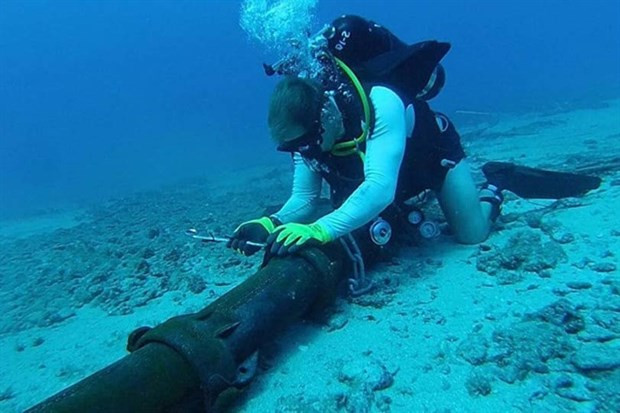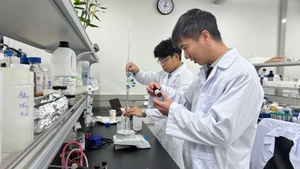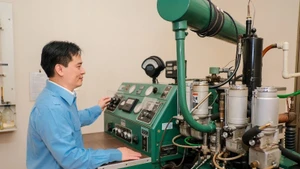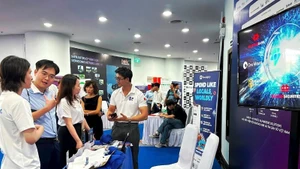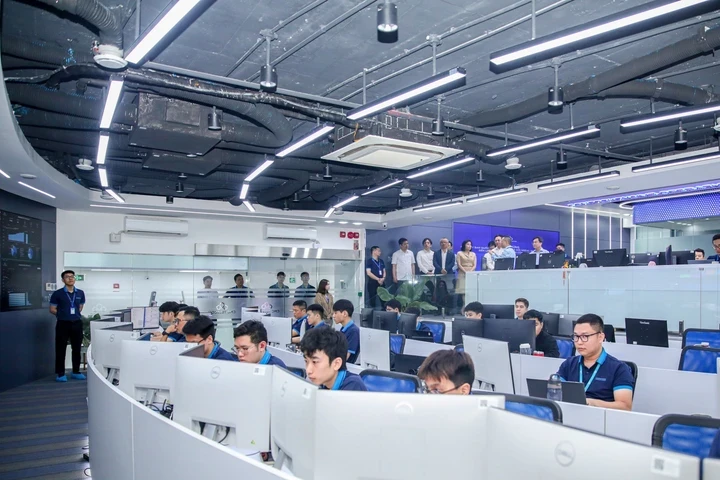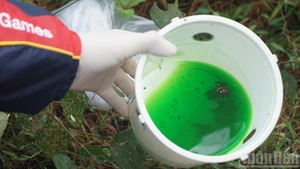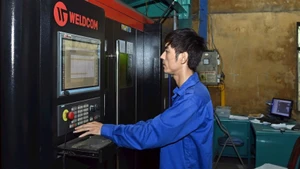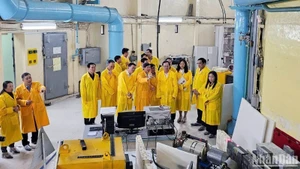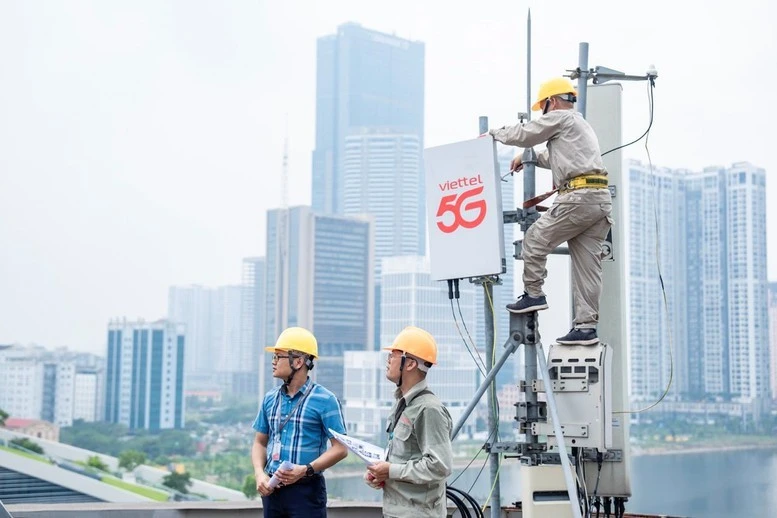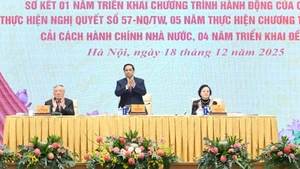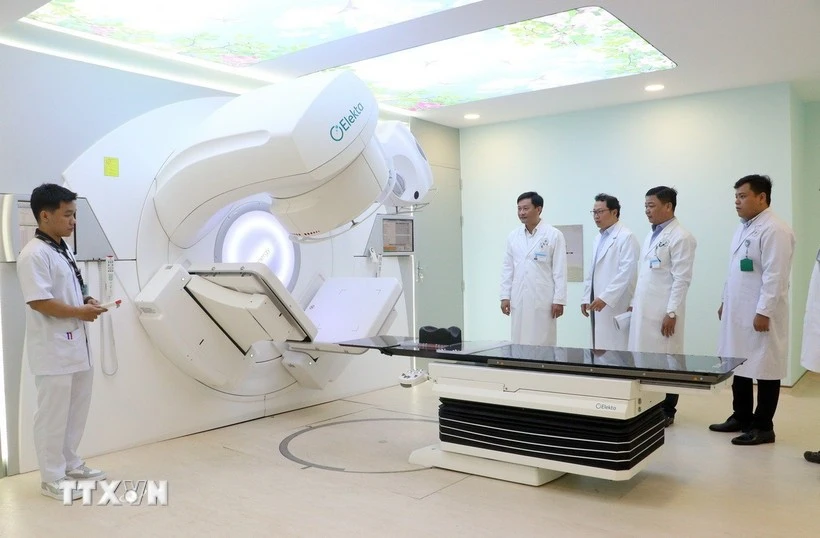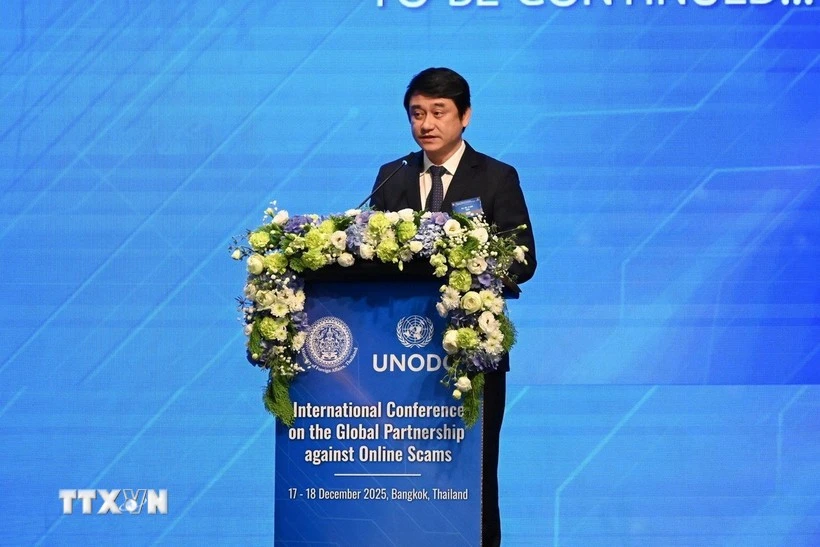Four out of five submarine internet cables connecting Vietnam and the world are simultaneously seeing issues, an unprecedented occurrence.
According to the plan, the disruption on the S6 line of the Asia Pacific Gateway (APG) cable will undergo fixes between March 22-27, while repairs on the S9 line will be conducted on April 5-9.
The ruptures on the Asia, America Gateway (AAG) will be repaired between March 30 and April 4.
Repairs for the 6,800km Intra Asia cable are slated for mid-March, as registration and licensing of ships for the maintenance of the line are still underway.
There is also a problem with the Asia-Africa-Euro 1 (AAE-1) cable near Hong Kong (China) but the NOC has not announced a repair timeline.
This means that internet connection quality between Vietnam and the world will only improve towards the end of March, even mid-April.
The only undersea cable that is still operating normally is the Southeast Asia-Middle East-Western Europe 3 (SMW-3), but this is an old cable with low capacity and does not contribute much to Vietnam's internet traffic to overseas servers.
There have been about 10 incidents on undersea fibre optic cables each year in the last decade. A representative of the Vietnam Internet Association said that incidents on fibre optic lines are not rare but also unpredictable.
Previously, when only one or two cable lines had problems concurrently, Vietnamese internet providers could quickly offload internet traffic between cable lines.
Currently, land-based internet cables cannot be upgraded quickly due to equipment limitations and other factors.
Troubleshooting on undersea fibre optic cables depends heavily on the severity of the problem, the weather at sea, the time it takes to get permission to access the waters of countries to carry out repairs, and many other factors. Therefore, instability and slow connection speeds will persist in the weeks to come.
Representatives of major network operators in Vietnam - including Viettel, VNPT and FPT - are committed to actively working with cable managers and international partners to quickly handle and ensure service provision for customers.
